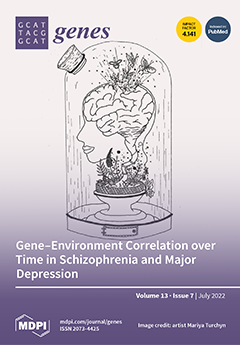Volume overload (VO) and pressure overload (PO) are two common pathophysiological conditions associated with cardiac disease. VO, in particular, often occurs in a number of diseases, and no clinically meaningful molecular marker has yet been established. We intend to find the main differential gene expression using bioinformatics analysis. GSE97363 and GSE52796 are the two gene expression array datasets related with VO and PO, respectively. The LIMMA algorithm was used to identify differentially expressed genes (DEGs) of VO and PO. The DEGs were divided into three groups and subjected to functional enrichment analysis, which comprised GO analysis, KEGG analysis, and the protein–protein interaction (PPI) network. To validate the sequencing data, cardiomyocytes from AR and TAC mouse models were used to extract RNA for qRT-PCR. The three genes with random absolute values of LogFC and indicators of heart failure (natriuretic peptide B,
NPPB) were detected: carboxylesterase 1D (
CES1D), whirlin (
WHRN), and WNK lysine deficient protein kinase 2 (
WNK2). The DEGs in VO and PO were determined to be 2761 and 1093, respectively, in this study. Following the intersection, 305 genes were obtained, 255 of which expressed the opposing regulation and 50 of which expressed the same regulation. According to the GO and pathway enrichment studies, DEGs with opposing regulation are mostly common in fatty acid degradation, propanoate metabolism, and other signaling pathways. Finally, we used Cytoscape’s three techniques to identify six hub genes by intersecting 255 with the opposite expression and constructing a PPI network. Peroxisome proliferator-activated receptor (
PPARα), acyl-CoA dehydrogenase medium chain (
ACADM), patatin-like phospholipase domain containing 2 (
PNPLA2), isocitrate dehydrogenase 3 (
IDH3), heat shock protein family D member 1 (
HSPD1), and dihydrolipoamide S-acetyltransferase (
DLAT) were identified as six potential genes. Furthermore, we predict that the hub genes
PPARα,
ACADM, and
PNPLA2 regulate VO myocardial changes via fatty acid metabolism and acyl-Coa dehydrogenase activity, and that these genes could be employed as basic biomarkers for VO diagnosis and treatment.
Full article






